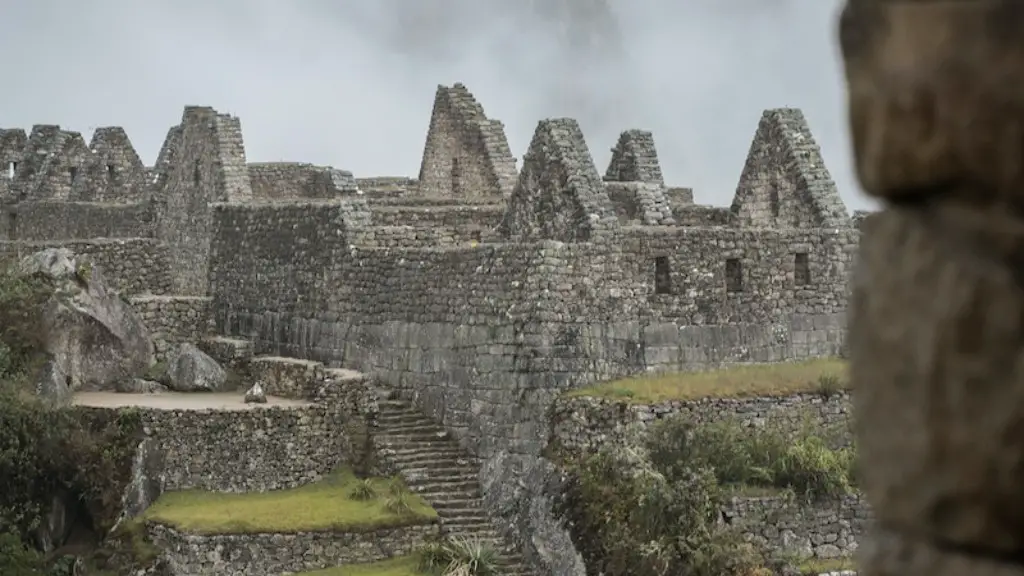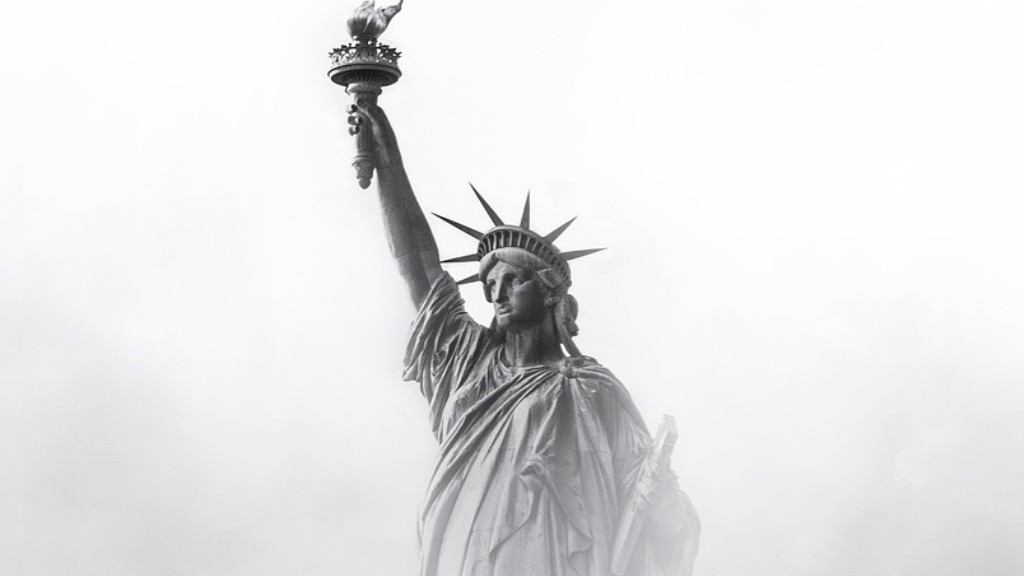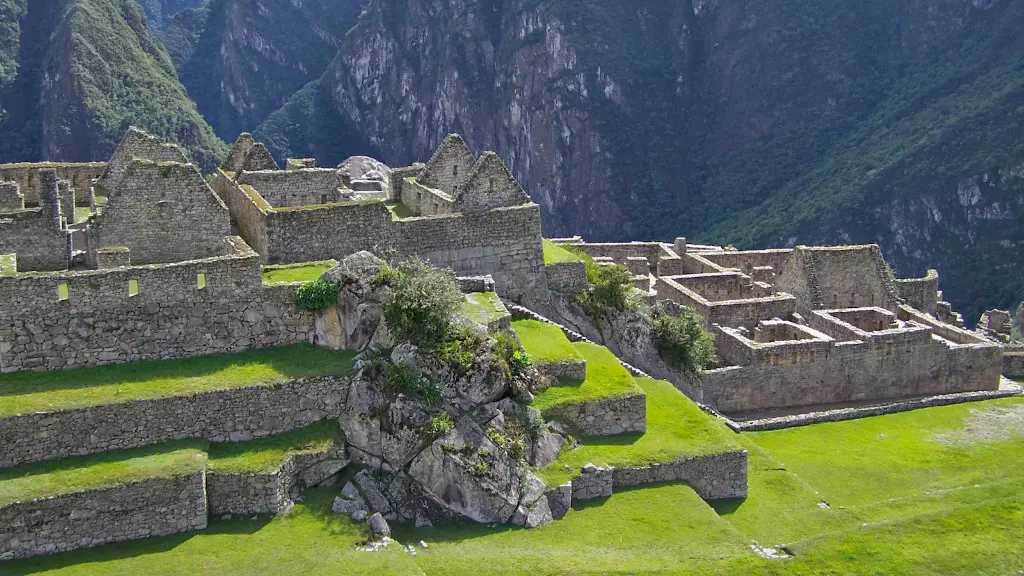Overview
The climb to the summit of Kilimanjaro is an iconic adventure. Thousands of climbers annually reach the powerful summit of the highest freestanding mountain in the world, at a staggering height of 19,341ft. But this incredible achievement is not as straightforward as some might think. The structure of the mountain consists of five ecological zones, many of which cover arduous and tough terrains, meaning that the hiking days required to reach the peak can vary greatly.
Typical Climbing Routes
The most commonly used route for scaling the mountain is the popular Marangu route. Taking five to six days to complete, the route includes a steep ascent before descending back to the starting point. The total hiking distances vary from 25 to 32 miles (40-52km) and up to 10,000ft of altitude gain.
Another popular option is the Machame route, which takes a more gradual, scenic route up the mountain. The total distance of this route is between 35 and 42 miles (55-67km) and can take six to seven days to complete.
The Umbwe route is much more challenging due to its intense altitude gain and typically takes three to four days. Finally, the varied Lemosho route allows for a more comfortable, yet still demanding climb and is suitable for climbers of all fitness levels. Spanning between 32 and 41 miles (52-67km), the Lemosho route typically takes seven to eight days.
Factors That Affect the Length of the Hike
The climbing days of each route can differ slightly depending on the individual’s pace and the efficacy of the team, as well as the time taken for acclimatization. For this reason, each route offers a degree of flexibility and individual climbers and groups may decide to make the climb faster or slower, depending on their needs and abilities.
An essential part of the climbing process is allowing time for everyone to reach the peak and acclimatize, which means allowing a day or two at intermediate altitude levels. Uneven terrain and inclement weather can also affect the length of the hike, so it is best to be cautious when assessing the duration of the climb.
Undertaking Permit Requirements
Before beginning a hike, all climbers must obtain a permit from the Kilimanjaro National Parks Authority, which is responsible for protecting the mountain and the routes. Depending on the route, a fee of between $100 and $300 is normally sufficient, and sometimes climbers are required to have a guide.
Physical and Mental Preparation
Climbing to the summit of Kilimanjaro would be impossible without thorough preparation. It is vital for climbers to condition their bodies to the hefty physical challenge that awaits them. In addition, climbers must be mentally prepared for the long, arduous trek and should familiarize themselves with the different terrains, steep slopes and uneven steps along the way.
What to Pack
Once a climber begins the hike, it is important to pack everything they will need to continue the journey. Carry food, water and a first-aid kit, and make sure to carry necessary items such as warm clothing, thermals, waterproof coats, hats and gloves. Footwear suitable for the terrain is also essential, and carrying trekking poles, a head torch and a camera can all make the experience more enjoyable.
Alternative Lifestyle to Climb Kilimanjaro
For those who want to include some physical activity in a mountain adventure but still be able to enjoy a luxury experience, there are excellent alternatives. For example, luxury tents are available, which provide energy-efficient and comfortable accommodation, as well as a unique cultural experience. For instance, staying in a camp for the night is an ideal option for those who have time constraints and cannot commit to a long-term hike.
Health Considerations
Finally, it is important to take into account any physical health considerations before attempting the climb. For instance, those who struggle with hypoxia and pain or suffer from altitude sickness should double-check that they are healthy enough to attempt the climb. Furthermore, older climbers should assess their physical ability, as the extreme conditions pose a large challenge and may cause greater discomfort in weaker bodies.
Skirting Around the Volcano
There is no one more qualified to answer the question of how many days it takes to hike Kilimanjaro: It all comes down to the route taken and the individuals involved. Many climbers opt to skirt around the volcano en route to the summit, allowing them to take a more leisurely path, while others prefer a speedy ascent that requires hard physical work. Those eager to reach the summit quickly should be mindful of the changing terrain and know when to take time for rest and acclimatization.
Timing and Weather Conditions
When determining the length of the hike, those embarking on the adventure should consider the best time to climb the mountain. At certain times of the year, weather conditions can be unfavorable and can make the hike more difficult to complete – or, in some cases, impossible.
Multiple Day Trips
An additional option for those looking for a longer journey is to take multiple day trips up and down the mountain. Although these hikes usually take more time than a typical week-long climb, they offer a more scenic experience, allowing climbers to take in the picturesque views underneath the clouds. There are a variety of routes open to those looking to venture off the beaten track.
Staying Connected to the Natural Environment
For even more experienced hikers and mountaineers, Kilimanjaro can provide a once-in-a-lifetime experience. Climbing inside the clouds and connecting with the natural world on one of the most breathtaking hikes in the world is an opportunity that few can pass up. Keeping in tune with the environment will help fuel enthusiasm and passion, as well as aid physical performance.


